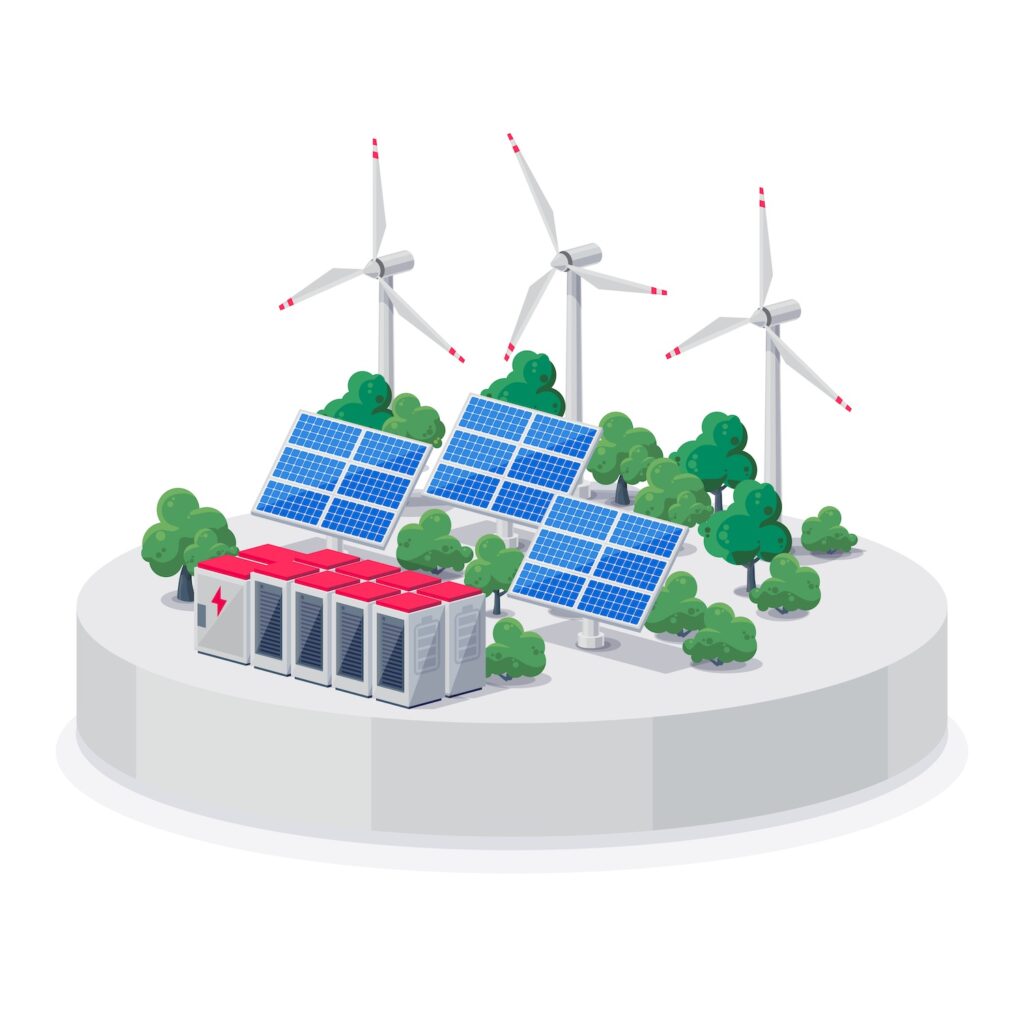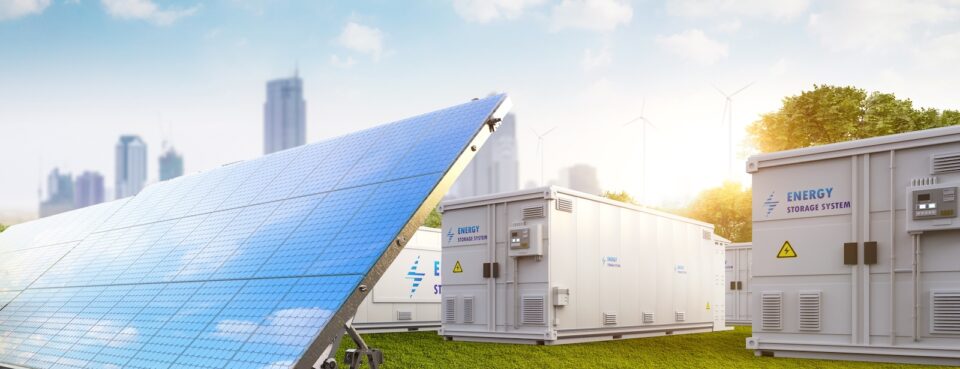A microgrid can be thought of as a mini power grid, or a localised energy system, that provides energy in a small-scale setup.

It is often connected to the main power grid but can be islanded (function independently of the grid), producing and distributing energy for a localised target.
A microgrid requires power generation, which can be gained from solar panels, wind turbines, hydropower or generators to create the power requirements of the end users.
Some, or all of these energy generation sources create a group of interconnected loads and distributed energy resources.
They act as a single controllable entity with respect to the grid, hence a microgrid can disconnect from the main grid, enabling it to operate independently.
Likewise, the ability to be connected with the main grid provides the security of still being able to supply energy requirements if the microgrid is subjected to increased demands. This may occur if, for example, a town relying on a microgrid has an influx of tourists for a few weeks of the year.

However, a microgrid may still maintain its independence during unexpected power demands by using generators as backup power supply. DEUTZ diesel generators are designed to support integrated microgrid solutions, ranging from 15 to 770 kvA.
Establishing energy resources is one half of the equation.
The energy generated then needs a method for storing it, which will enable supply during times when, for example, wind or solar energy are not at capacity. Batteries are commonly used for this purpose, allowing the stored energy to be supplied when the renewable sources are not operating at full capacity.
DEUTZ Australia is currently working on a novel battery storage modular design, which enables users to conveniently increase their inverter and battery storage capacity. This innovative design enables users to economically upgrade their system to a higher kilovolt-ampere (kVA) rating when needed.
In addition, efficient control and management of the microgrid system are equally crucial to ensure optimal utilisation of electricity. This may be managed by computer systems which determine the amount of energy being produced versus the requirements of users, with the aim of balancing the two.
Microgrids come in many formats and cover a large variety of uses, from energy supply for a communications tower, to meeting the requirements of a whole outback community.
Their capacity to be exclusively designed for the end use or users makes them a viable solution for energy needs into the future.



